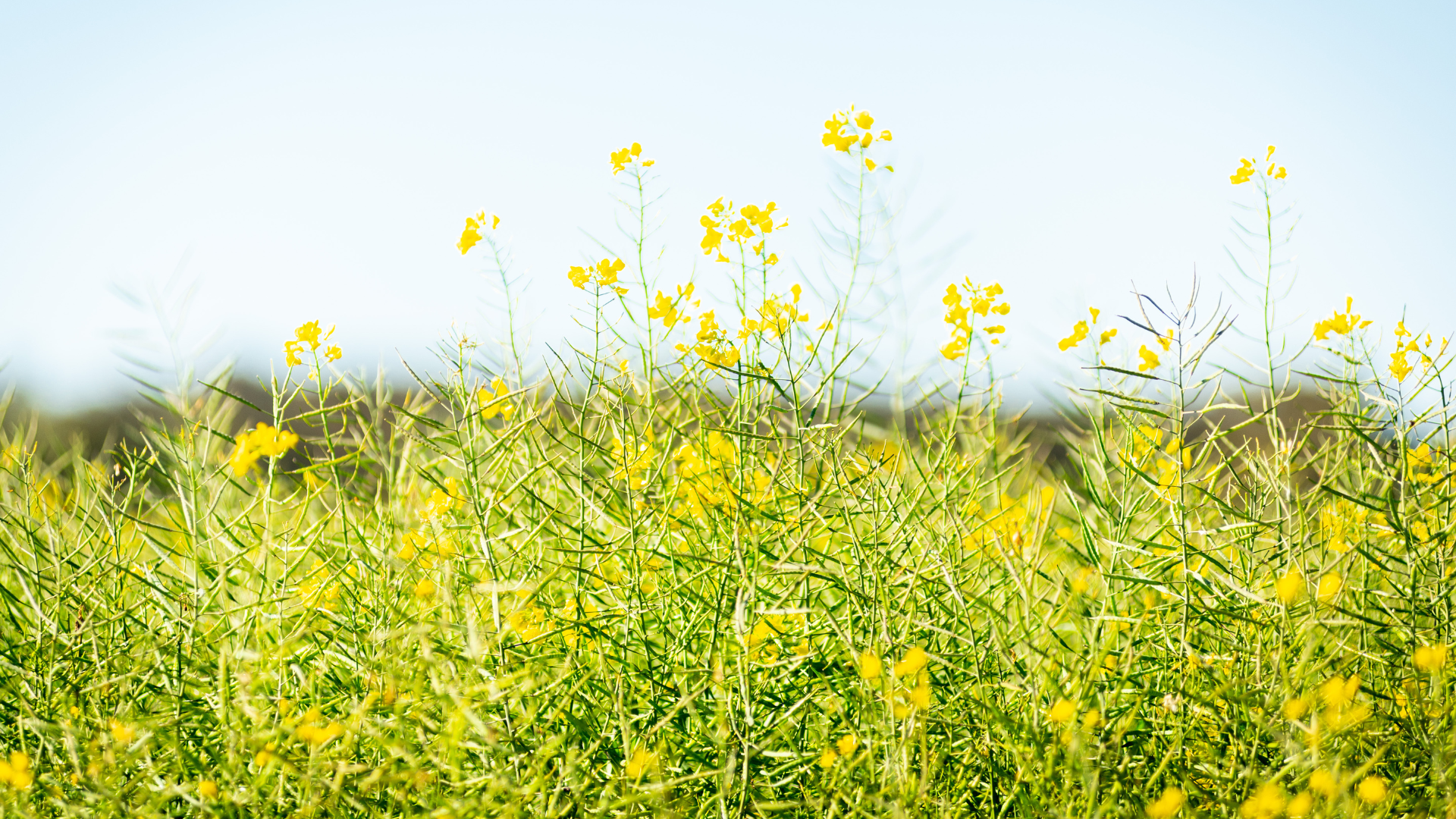Written by: Simon Leake | Agronomist | 0439 999 173
After another year of early breaks and another year of still seeing growers disorganised at seeding time and not planting on time, I wanted to highlight how much money is being left on the table. We all know that planting earlier leads to better yields, but how much exactly is being disorganised costing us?
DPIRD’s trial data tells us that delayed sowing in canola from mid-May to mid-June ranges from 10-25 kg/ha/day and in general after 1 month of delayed sowing growers can expect to lose 500 kg of yield and decreased oil. At today’s prices that works out to $7.5-18.75 ha/day and $375 ha per month! Figure 1 below shows yields achieved for given sowing dates at various locations in DPIRD trials. Pretty obvious
trend there!
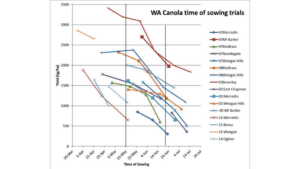
Figure 1. Canola yield loss with delayed sowing in WA (DPIRD 2023)
On average DPIRD trials found average yield reductions of 26 kg/ha/day in the norther agricultural region, 28 kg/ha/day for the central agricultural region, 23 kg/ha/day in the great southern and 13 kg/ha/day in the south coast agricultural region when sown in moist soil in May compared to June. At today’s wheat prices this equates to $4.50-12.75 ha each day of delayed seeding! Figure 2 below shows APSIM
modelling of yield based on sowing date and location, again a pretty obvious trend there. Unfortunately, I couldn’t find similar data for barley done by DPIRD but we get the picture from the story told by canola and wheat.
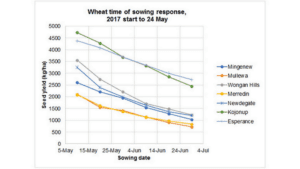
Figure 2. Impact of sowing time on predicted Mace yields based on APSIM modelling. (Note: median yields based on meteorological data over 40 years to 2016 with a 2017 start to 24 May). (DPIRD,2023)
I also thought it might be interesting to run through an exercise using the rainfall yield potential calculation with a couple of different scenarios as a case study for this year. We know that water is the key driver of yield so now that the growing season is almost done, we can use historical water use efficiency to estimate likely yields based on planting times. I thought it might be useful to do two scenarios 1. Where seeding was started directly after opening rains and 2. Where seeding was delayed. Given the times the rains came and to keep the calculations simple I have used beginning and end of April as our points of difference which work out well given the way we calculate WUE (water use efficiency). Now this works well for canola however early April is obviously too early to seed wheat and barley but what we can assume is that if we’re organised and canola seeding starts on time, then early knockdowns were done for wheat and barley retaining that moisture as growing season moisture effectiveness rather than summer rain (I know this is rough but it is good in theory). Figure 3 below shows the daily rainfall for Quairading this year, as most of you know there was significant opening rains at the end of March and start of April. Now ideally, I would want to be sowing canola straight after that and getting knockdowns done to preserve moisture, unfortunately it doesn’t work out that way so that’s why I thought it would be interesting to compare the difference.
Table 1. Daily rainfall chart for Quairading in 2023 (Jan -Sept) and summer rain in 2022 (Nov-Dec).
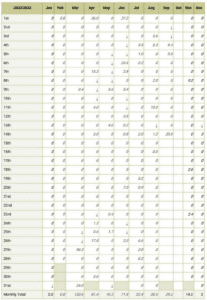
In Table 2 below I have calculated rainfall yield potentials based off two scenarios. The first scenario “early sowing” includes April as growing season rainfall therefore is more efficient water giving a higher effective season rainfall and as a result yield the second scenario, “late sowing”, April rainfall is classed as summer rain and therefore less efficient water giving us a lower effective season rainfall and lower yield. Once we have effective seasons rainfall, we can then use WUE to estimate yield. In this case I have gone for typical WUE’s for each crop type in WA. The yield potentials can then be compared to find the approximate loss due to late seeding which equate to 480kg for Barley, 420kg for Wheat and 240kg for Canola which line up quite closely from a look at the above charts.
Table 2. Rainfall yield potential calculations based on early and late sowing times for wheat, barley and canola in Quairading 2023.
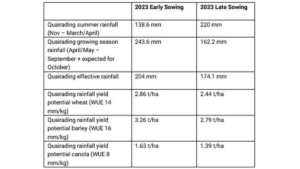
Whilst I would consider these calculations are approximate and it also important to consider other factors like frost and drought. It should be quite clear now that there is a lot of money being left on the table by dilly dallying. I hope that this can be the message you need to be organised early for seeding in 2024 to take advantage of early sowing opportunities!

